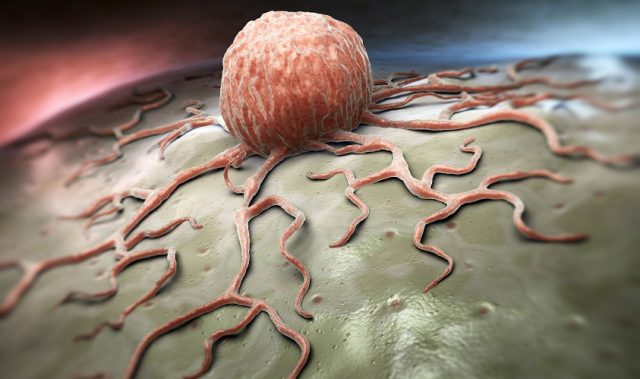
AsianScientist (Mar. 1, 2012) – What causes a school of fish to take off in fear when one member gets injured? Researchers from the Agency of Science, Technology and Research’s (A*STAR) Neuroscience Research Partnership and the Duke-National University of Singapore Graduate Medical School think they have the answer.
The team of scientists, led by Dr. Suresh Jesuthasan from the A*STAR Neuroscience Research Partnership, have discovered that one component of the alarm substance is a class of sugars – specifically a type of glycosoaminoglycan (GAG) called chondroitin sulfate.
This sugar, found in abundance in the skin, is broken down when a fish is injured. Other fish in the vicinity detect the sugar fragments released by the injured fish, prompting them to flee the danger zone.
In this study, the researchers used brain imaging to see how alarm signals are processed in the brains of fish. They found that fragments of this sugar activate the olfactory bulb, a collection of nerve fibers that sense smell.
The olfactory bulb region is special in several ways: Signals reach there by means of special receptor neurons – the “crypt cells,” implying that there are neurons dedicated to sensing the alarm pheromone. The bulb region also has connections to higher centers of the brain, suggesting that the innate fear response might be mediated by a special brain circuit.
“How the brain switches from one fear state to another is an interesting question, with relevance to anxiety disorders. By using the alarm response, we have a reliable way to investigate the neural basis of differential fear responses,” Suresh said.
Interestingly, the researchers also found that the flight response is dependent on the concentration of the GAGs; low concentrations trigger mild fear characterized by darting while high concentrations cause freezing.
Much remains to be done, the researchers say, as the receptor for these glycan fragments has not been identified. The researchers are hopeful that this discovery might benefit other fields of biology such as developmental neuroscience, where chondroitin fragments function as signaling molecules.
The article can be found at: Mathuru AS et al. (2012) Chondroitin Fragments Are Odorants that Trigger Fear Behavior in Fish.
——
Source: A*STAR.
Photo: ARC Center of Excellence for Coral Reef Studies.
Disclaimer: This article does not necessarily reflect the views of AsianScientist or its staff.












